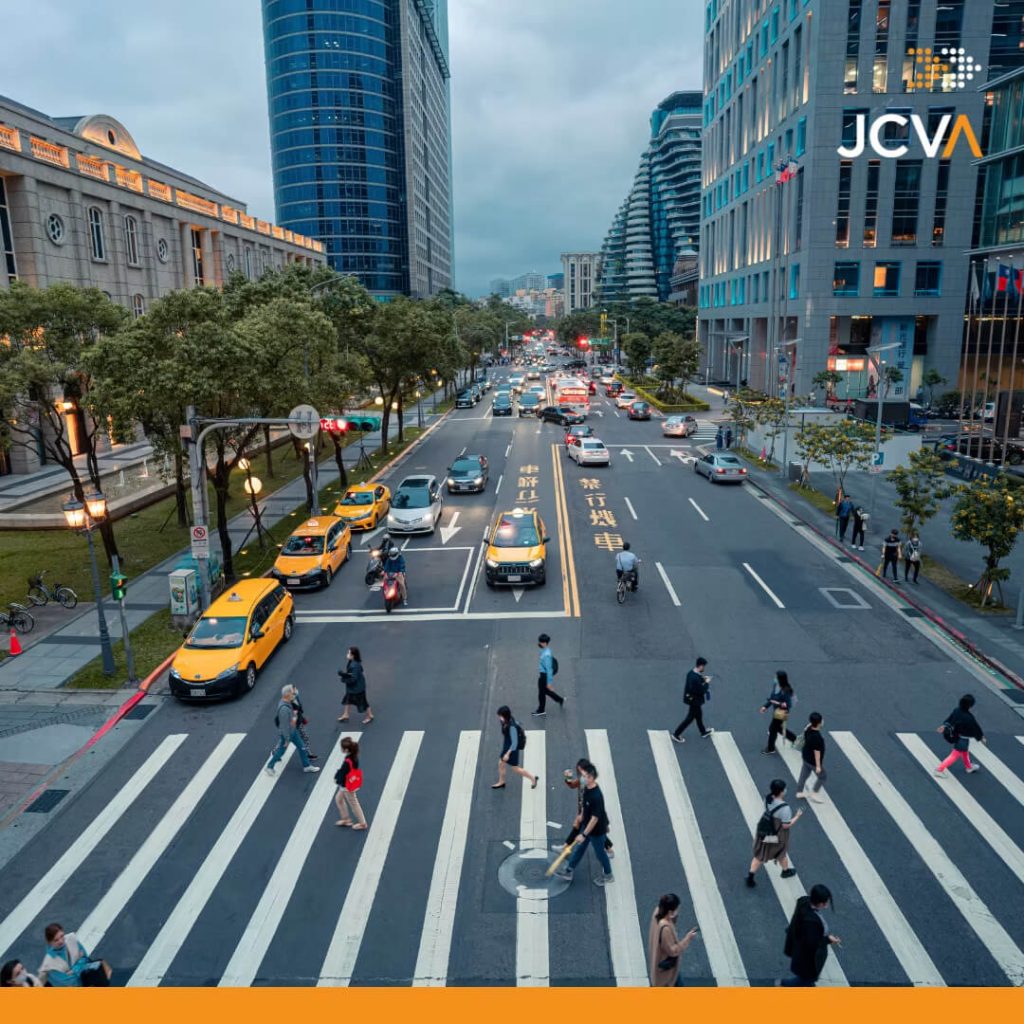
In the intricate tapestry of urban design, a hidden art exists—a delicate balance between form and function, where streets transcend their concrete confines and transform into living, breathing entities. Walkable cities have emerged as a compelling vision for urban planners and designers seeking to restore balance in the relationship between people and their urban environments. By placing pedestrians at the forefront, these cities aim to cultivate vibrant communities and foster a deep connection between individuals and their surroundings.
Imagine strolling down a street filled with bustling cafes, street performers, and inviting public spaces. The first key element of a walkable city lies in treating streets as social spaces. Cities can foster community by providing vibrant public plazas, benches, and pocket parks, encouraging pedestrians to linger, interact, and create lasting memories. Remember, a truly walkable city is not just about getting from point A to B but also about embracing the journey itself.
In our quest to design pedestrian-friendly cities, we cannot overlook the importance of well-designed sidewalks. Sidewalks should be broad, unobstructed, and thoughtfully integrated into the urban fabric. With ample space for walking and room for social encounters, sidewalks become avenues of connection and human interaction. They should be seamlessly linked to public transportation hubs, allowing easy access to various transit modes.
One of the most crucial aspects of a walkable city is providing safe and convenient pedestrian crossings. From crossings and pedestrian-activated traffic signals to raised crosswalks and traffic calming measures, it is essential to prioritize pedestrian safety and ensure a harmonious coexistence between walkers and vehicles. Walking culture shall flourish once we create precise and visible paths to enhance pedestrian confidence and encourage a flourishing walking culture.
Picture a street adorned with lush trees, colorful flowers, and thriving green spaces. Integrating nature into the urban environment is a fundamental element of designing walkable cities. Trees not only provide shade and relief from the urban heat island effect but also contribute to cleaner air and a more visually pleasing atmosphere. Parks and green corridors offer respite for pedestrians, inviting them to immerse themselves in a soothing natural environment amidst the bustling cityscape.
Designing for pedestrians is an art that unlocks the transformative potential of our cities. By treating streets as social spaces, ensuring well-designed sidewalks, providing safe crossings, and integrating greenery, we create vibrant, accessible, and sustainable environments where walking becomes an enjoyable and convenient mode of transportation. Walkable cities foster community, promote healthier lifestyles, and enhance the overall quality of urban life.
Let us embrace this vision and collaborate to shape cities that captivate our senses, nourish our communities, and prioritize the well-being of the main foundation of our cities—the citizens. Contact us at info@jcvassociates.ph or visit www.jcvassociates.ph to discover how JCVA’s team of experts can help you with transforming your vision into reality.
Sources:
We manage risks, build strong stakeholder relationships, and deliver solutions that reflect global best practices, backed by deep local industry knowledge.
If you're looking for a reliable partner to bring your vision to life, JCVA is here to build it with you.


